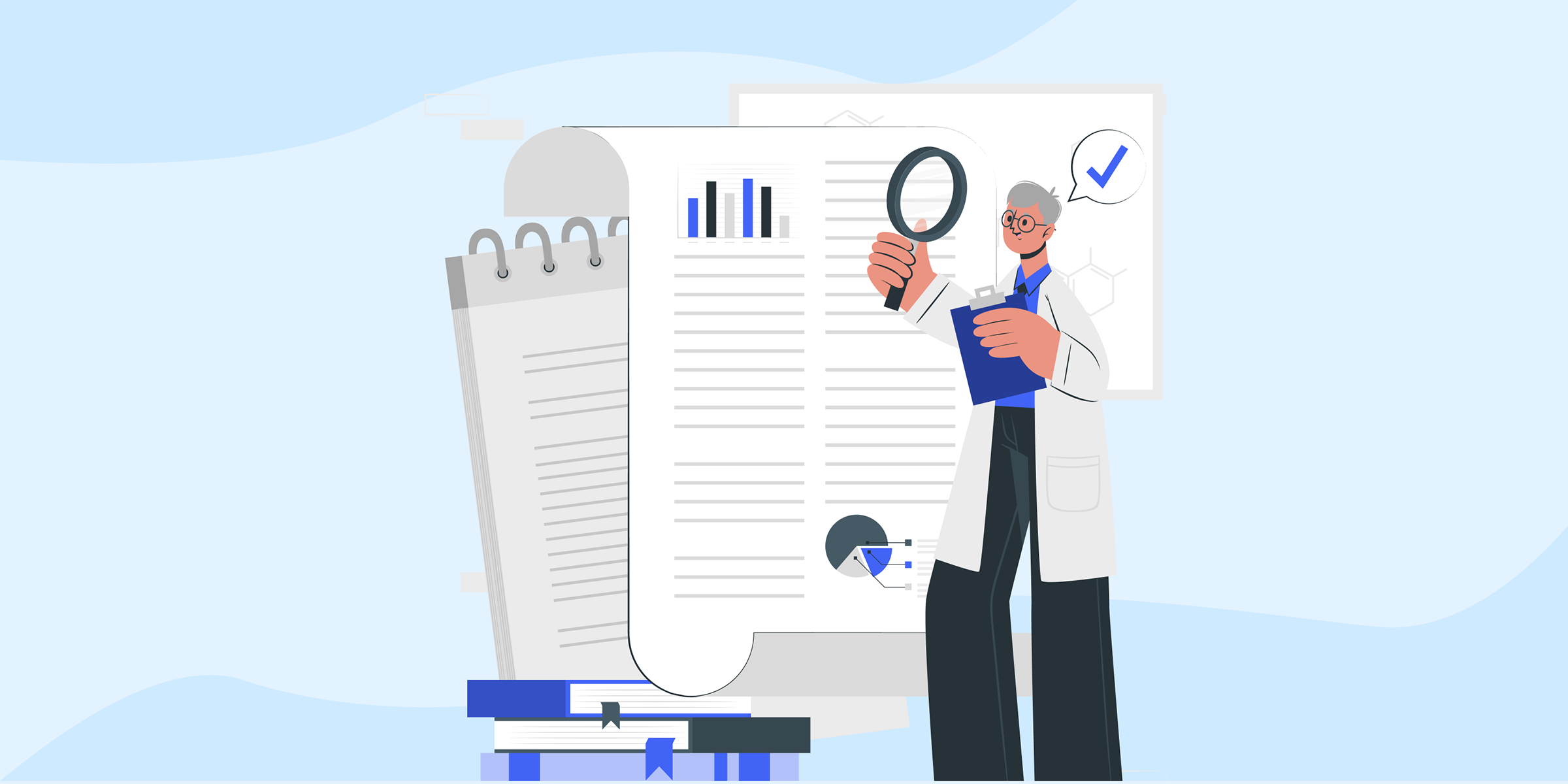Residential Proxies
Allowlisted 200M+ IPs from real ISP. Managed/obtained proxies via dashboard.

Proxies Services
Residential Proxies
Allowlisted 200M+ IPs from real ISP. Managed/obtained proxies via dashboard.
Residential (Socks5) Proxies
Over 200 million real IPs in 190+ locations,
Unlimited Residential Proxies
Unlimited use of IP and Traffic, AI Intelligent Rotating Residential Proxies
Static Residential proxies
Long-lasting dedicated proxy, non-rotating residential proxy
Dedicated Datacenter Proxies
Use stable, fast, and furious 700K+ datacenter IPs worldwide.
Mobile Proxies
Dive into a 10M+ ethically-sourced mobile lP pool with 160+ locations and 700+ ASNs.
Scrapers
Collection of public structured data from all websites
Proxies
Residential Proxies
Allowlisted 200M+ IPs from real ISP. Managed/obtained proxies via dashboard.
Starts from
$0.6/ GB
Residential (Socks5) Proxies
Over 200 million real IPs in 190+ locations,
Starts from
$0.03/ IP
Unlimited Residential Proxies
Unlimited use of IP and Traffic, AI Intelligent Rotating Residential Proxies
Starts from
$1816/ MONTH
Rotating ISP Proxies
ABCProxy's Rotating ISP Proxies guarantee long session time.
Starts from
$0.4/ GB
Static Residential proxies
Long-lasting dedicated proxy, non-rotating residential proxy
Starts from
$4.5/MONTH
Dedicated Datacenter Proxies
Use stable, fast, and furious 700K+ datacenter IPs worldwide.
Starts from
$4.5/MONTH
Mobile Proxies
Allowlisted 200M+ IPs from real ISP. Managed/obtained proxies via dashboard.
Starts from
$1.2/ GB
Scrapers
Web Unblocker
Simulate real user behavior to over-come anti-bot detection
Starts from
$1.2/GB
Serp API
Get real-time search engine data With SERP API
Starts from
$0.3/1K results
Scraping Browser
Scale scraping browsers with built-inunblocking and hosting
Starts from
$2.5/GB
Documentation
All features, parameters, and integration details, backed by code samples in every coding language.
TOOLS
Resources
Addons
ABCProxy Extension for Chrome
Free Chrome proxy manager extension that works with any proxy provider.
ABCProxy Extension for Firefox
Free Firefox proxy manager extension that works with any proxy provider.
Proxy Manager
Manage all proxies using APM interface
Proxy Checker
Free online proxy checker analyzing health, type, and country.
Proxies
AI Developmen
Acquire large-scale multimodal web data for machine learning
Sales & E-commerce
Collect pricing data on every product acrossthe web to get and maintain a competitive advantage
Threat Intelligence
Get real-time data and access multiple geo-locations around the world.
Copyright Infringement Monitoring
Find and gather all the evidence to stop copyright infringements.
Social Media for Marketing
Dominate your industry space on social media with smarter campaigns, anticipate the next big trends
Travel Fare Aggregation
Get real-time data and access multiple geo-locations around the world.
By Use Case
English
繁體中文
Русский
Indonesia
Português
Español
بالعربية

Retrieval-Augmented Generation (RAG): Revolutionizing Natural Language Understanding
In the realm of artificial intelligence and natural language processing, a groundbreaking technique known as Retrieval-Augmented Generation (RAG) has been garnering increasing attention and acclaim. This innovative approach represents a fusion of two powerful paradigms in NLP – retrieval-based methods and generative models. In this blog post, we will delve into the intricacies of RAG, exploring its capabilities, applications, and implications for the future of natural language understanding.
At its core, RAG can be best described as a hybrid model that combines the strengths of retrieval-based and generative models. Retrieval-based methods leverage pre-existing knowledge or information retrieval systems to provide responses, while generative models generate responses from scratch. By integrating these two approaches, RAG aims to achieve a more comprehensive and contextually relevant understanding of natural language queries.
The architecture of RAG typically consists of two main components: a retriever and a generator. The retriever is responsible for retrieving relevant information or passages from a vast knowledge base, while the generator utilizes this retrieved information to generate coherent and contextually appropriate responses. This dual-stage process enables RAG to leverage both structured knowledge and generative capabilities, resulting in more accurate and insightful responses.
One of the key applications of RAG is in enhancing information retrieval systems. By incorporating a retriever that can access a large knowledge base, RAG enables more precise and context-aware search results. This can be particularly beneficial in domains such as question answering, where users need accurate and detailed responses to their queries.
In the realm of conversational AI, RAG offers a powerful tool for improving dialogue systems. By enabling models to retrieve and generate responses based on contextual information, RAG can facilitate more engaging and coherent conversations. This can enhance user experience and enable more natural interactions between humans and AI systems.
While RAG holds great promise in advancing natural language understanding, it also presents certain challenges. One such challenge is the scalability of the knowledge base and the efficiency of the retrieval process. Addressing these challenges will be crucial in ensuring the widespread adoption and effectiveness of RAG in real-world applications.
Looking ahead, the future of RAG is filled with exciting possibilities. As researchers continue to refine and enhance the capabilities of this hybrid model, we can expect to see further advancements in natural language understanding, information retrieval, and conversational AI. By harnessing the power of retrieval-augmented generation, we are taking significant strides towards developing more intelligent and contextually aware AI systems.
In conclusion, Retrieval-Augmented Generation (RAG) represents a paradigm shift in the field of natural language understanding. By combining the strengths of retrieval-based methods and generative models, RAG offers a powerful framework for enhancing information retrieval, dialogue systems, and conversational AI. As researchers and practitioners continue to explore the capabilities of RAG, we can look forward to a future where AI systems are more adept at understanding and responding to human language with nuance and sophistication.
Featured Posts
Popular Products
Residential Proxies
Allowlisted 200M+ IPs from real ISP. Managed/obtained proxies via dashboard.
Residential (Socks5) Proxies
Over 200 million real IPs in 190+ locations,
Unlimited Residential Proxies
Use stable, fast, and furious 700K+ datacenter IPs worldwide.
Rotating ISP Proxies
ABCProxy's Rotating ISP Proxies guarantee long session time.
Residential (Socks5) Proxies
Long-lasting dedicated proxy, non-rotating residential proxy
Dedicated Datacenter Proxies
Use stable, fast, and furious 700K+ datacenter IPs worldwide.
Web Unblocker
View content as a real user with the help of ABC proxy's dynamic fingerprinting technology.
Related articles

Unlocking the Power of Node Fetch: Mastering POST Requests for Maximum Efficiency
Explore the power of Node fetch post in our latest blog post. Learn how to make secure and efficient HTTP POST requests using Node.js. Dive into the world of backend development with this essential tool.

Tamilyogi FM: Your Ultimate Destination for Tamil Entertainment Online
Discover the latest entertainment on tamilyogi fm. Stream HD movies, music, and more on tamilyogi fm for a truly immersive experience. Find your favorites today!

Brazil Proxy: Unlocking Limitless Online Access in Brazil
Looking for a reliable Brazil proxy? Our blog explores the benefits of using a Brazil proxy server, offering you enhanced online security and access to geo-blocked content. Discover how a Brazil proxy can improve your browsing experience today!